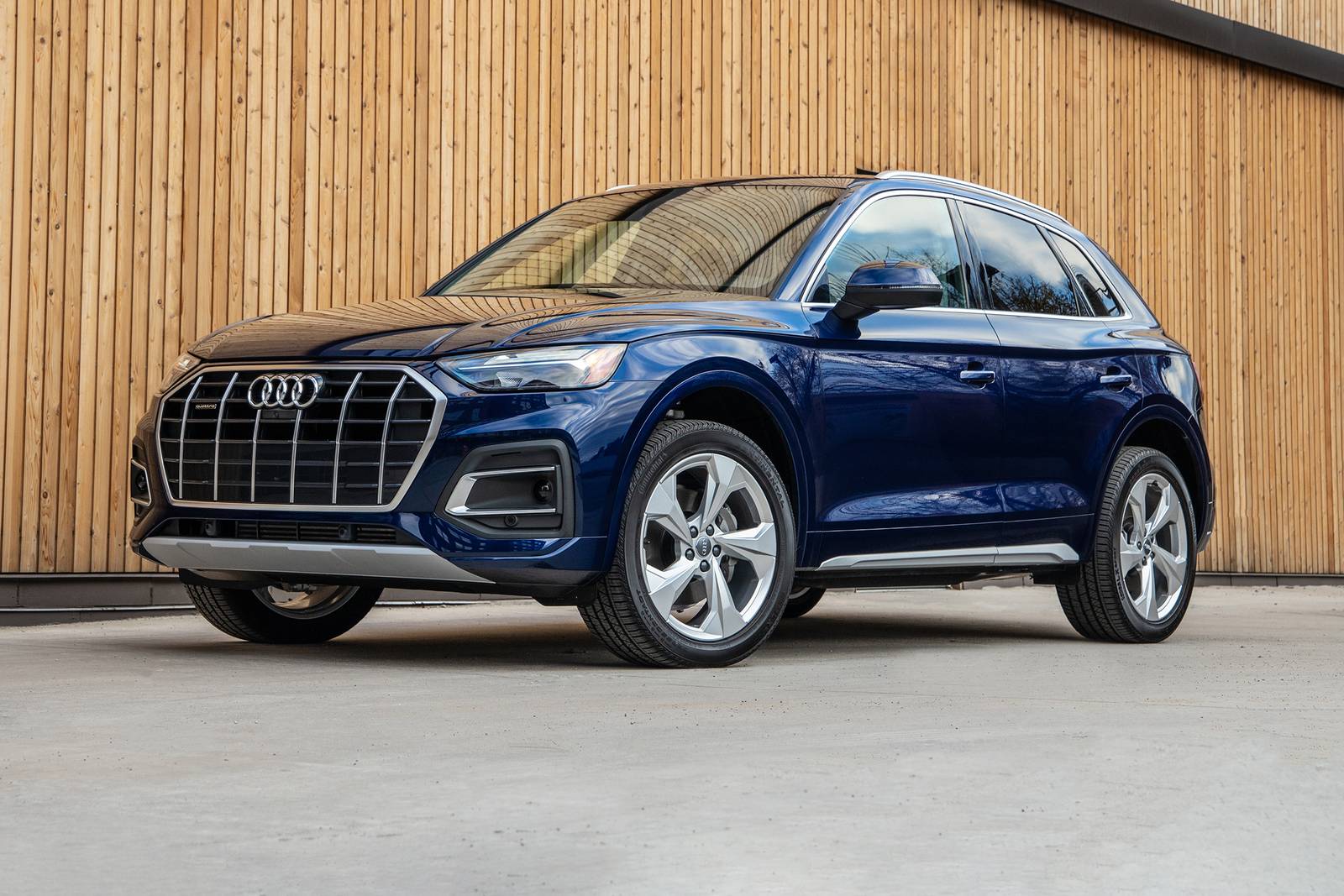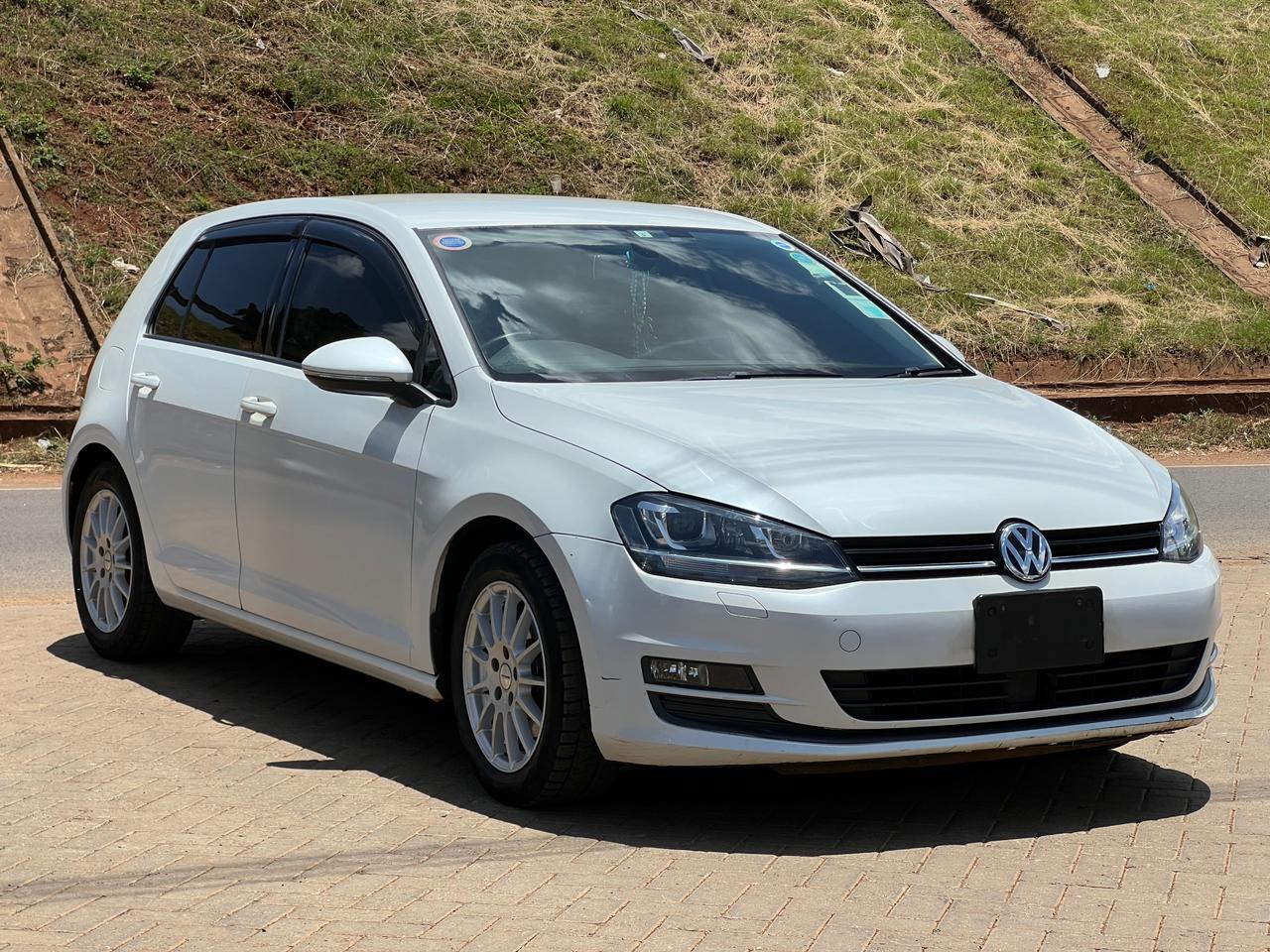BMW X3 vs Audi Q5 in Kenya 2025 — Which Luxury SUV Offers More?
BMW X3 vs Audi Q5 in Kenya: Which Luxury SUV Offers More in 2025?
Two top compact luxury SUVs. Two different personalities. This guide compares the BMW X3 and the Audi Q5 for Kenyan buyers in 2025 — design, performance, tech, running costs, resale, and which one fits your life on Kenyan roads.

Image: 2025 BMW X3 — bold new exterior lines and stance.
Quick Overview — What Each SUV Stands For
BMW X3 — The Driver’s Choice
Character: Sporty, dynamically-tuned, and engaging.
Best for: drivers who want sharper handling, a premium driving feel and German engineering badge value.
Audi Q5 — The Tech-Savvy Comfort Pick
Character: Controlled, refined, and technology-forward.
Best for: buyers who prefer a quiet, feature-packed cabin and polished city cruising.

Image: 2025 Audi Q5 — modern front profile and clean lines.
Design & Road Presence — Which One Turns Heads?
The BMW X3 arrives with more aggressive styling in 2025 — bolder grille, sharper creases and a look that hints at its sporty chassis. Audi’s Q5 opts for restrained elegance: smooth surfaces, a wide single-frame grille and subtle lighting signatures.
On Kenyan streets, the X3’s more aggressive look often stands out at events, hotels and corporate car parks. The Q5’s understatement attracts buyers who prefer quiet luxury over flash.
Performance & Powertrain — Real-World Driving in Kenya
Both SUVs offer capable engines and AWD options — but their tuning is different:
| Spec | BMW X3 (xDrive30i typical) | Audi Q5 (45 TFSI typical) |
|---|---|---|
| Engine | 2.0L Turbo 4-cyl (~248–255 hp) | 2.0L Turbo 4-cyl (~261 hp) |
| 0-100 km/h | ~6.3 seconds (varies by trim) | ~6.0–6.5 seconds (varies by trim) |
| Drive | BMW xDrive AWD (RWD-biased) | Audi quattro AWD |
| Fuel economy (est, mixed) | ~10–12 km/L | ~9–11 km/L |
Practical takeaway: X3 leans sportier — crisper steering and firmer suspension. Q5 is tuned to be comfortable and composed, absorbing bumps with polite control. For twisty roads near Ngong or Kitengela, many drivers prefer the X3; for long motorway cruising to Mombasa or Kisumu, the Q5’s serenity is compelling.
Interior, Tech & Comfort — Cabin Life in 2025
Both cabins are premium and packed with tech. Key differences:
- BMW X3: Driver-centric cockpit, curved display, sport seats, and tactile controls. Materials feel high-end with optional M Sport trim adding athletic touches.
- Audi Q5: Minimalist layout, Virtual Cockpit digital cluster (highly praised), refined acoustic insulation and a slightly more luxurious sense of calm.
Rear-seat passengers: space is close between the pair — tall passengers will appreciate the X3’s slightly more upright seating; Q5 prioritizes cushion comfort and quieter cabin ambience.
Safety & Driver Assistance — Important for Kenyan Roads
Both manufacturers pack strong active-safety systems: adaptive cruise, lane keep assist, automatic emergency braking, and advanced airbags. Audi’s Virtual Cockpit and numerous parking aids make city parking simpler. BMW’s driver-assist systems prioritize active handling and stability, useful on unpredictable rural surfaces.
Importantly, whichever SUV you choose, insist on full inspection reports (frame, suspension, electronics) — safety hardware can be expensive to repair if not properly cared for.
Practical Ownership — Servicing, Parts & Running Costs
When buying in Kenya, ownership costs matter more than sticker specs:
- Service network: BMW has a broader independent workshop ecosystem in Kenya; Audi has official dealers and specialist shops mainly in Nairobi and Mombasa.
- Parts availability: Both brands rely on imported parts. Expect slightly faster part turnarounds for common BMW items, but Audi genuine parts are similarly available through official channels.
- Fuel & maintenance: Premium engines and turbos mean higher servicing and maintenance budgets compared to Japanese brands. Budget KShs 1.5K–3K per month on average for regular upkeep (varies by usage).
Price & Resale — What to Expect in Kenya (2025)
Imported used prices vary widely by origin (Japan, UAE, UK), trim and mileage. Typical ranges as seen in the Kenyan market (approximate):
| Model (used import) | Typical Price Range (KSh) |
|---|---|
| BMW X3 (2018–2021) | KSh 3.2M – 7.5M |
| Audi Q5 (2018–2021) | KSh 3.0M – 7.0M |
Resale dynamics: X3 tends to hold steady because of a larger owner base and enthusiast demand. Q5 buyers value the cabin experience; Q5 resale can be strong if service history is perfect. Always get a duty-inclusive landed-cost quote before purchase — KRA duties, excise and VAT form a large part of final price in Kenya.
Which One Should You Buy? — Use Cases & Buyer Profiles
Below are quick buyer profiles to help you decide.
Choose the BMW X3 if you:
- Love sporty driving and sharper handling.
- Prioritize brand cachet and enthusiast appeal.
- Want slightly better boot space for weekend trips.
Choose the Audi Q5 if you:
- Prefer a quiet, tech-rich interior and comfortable ride.
- Want polished daily driving with excellent cabin refinement.
- Value the Virtual Cockpit and polished in-cabin tech.
How Code & Clutch Helps — Inspections, Imports & Delivery
We source verified imports, run pre-shipment inspections (VIN checks, auction history, battery and engine reports), calculate KRA-inclusive landed costs, and deliver across Kenya. We also provide WhatsApp video walkthroughs and local test-drives in Nairobi.
Chat with an Agent on WhatsAppQuick Buying Checklist — Don’t Forget This
- Request VIN and auction report (Japan/UAE/UK) and cross-check odometer readings.
- Insist on clear photos/video of underbody and engine bay.
- Get a duty-inclusive quotation from your broker — include handling, clearance, and registration.
- Confirm service history and ask for recent maintenance receipts.
- Book a local inspection with an independent mechanic on arrival.





Comments